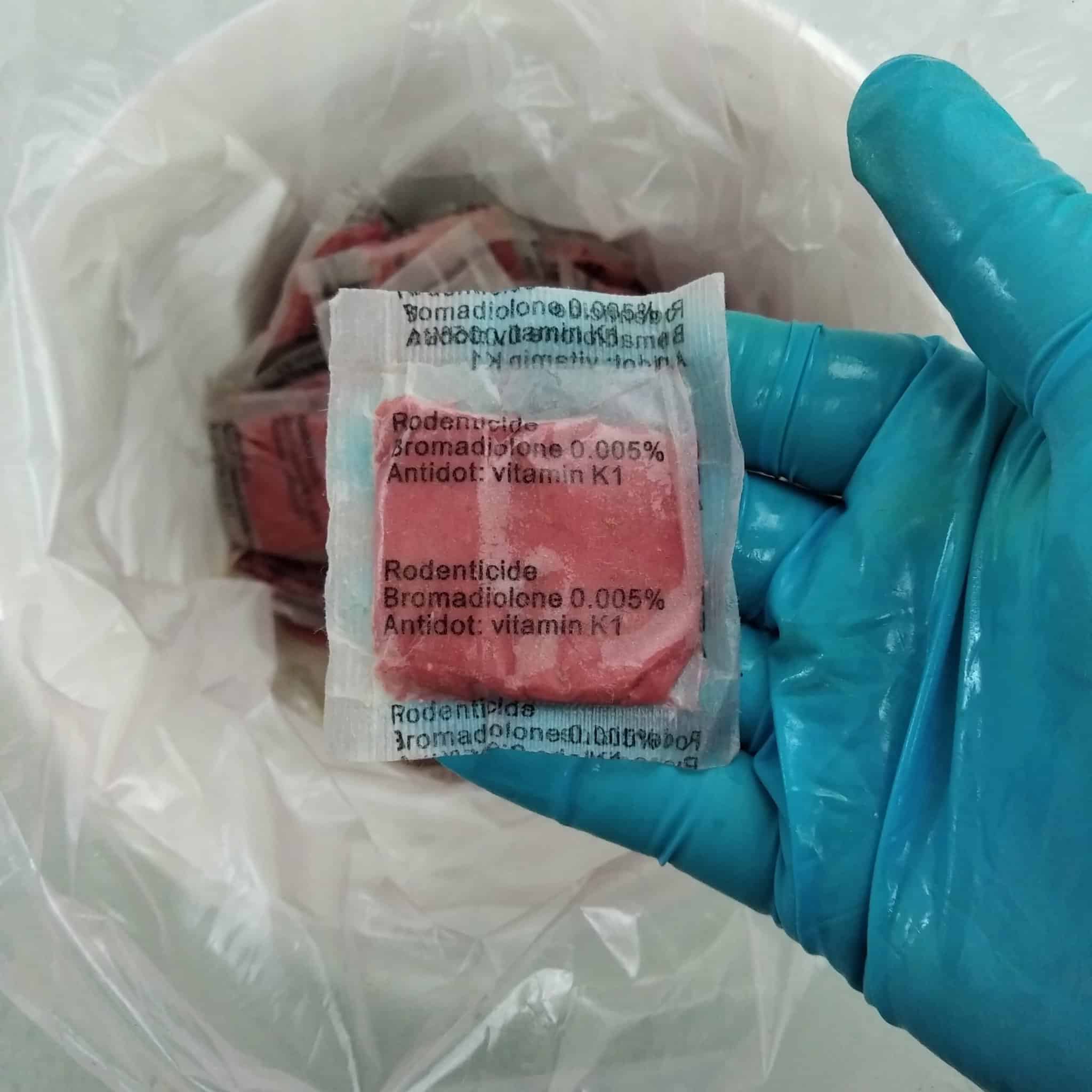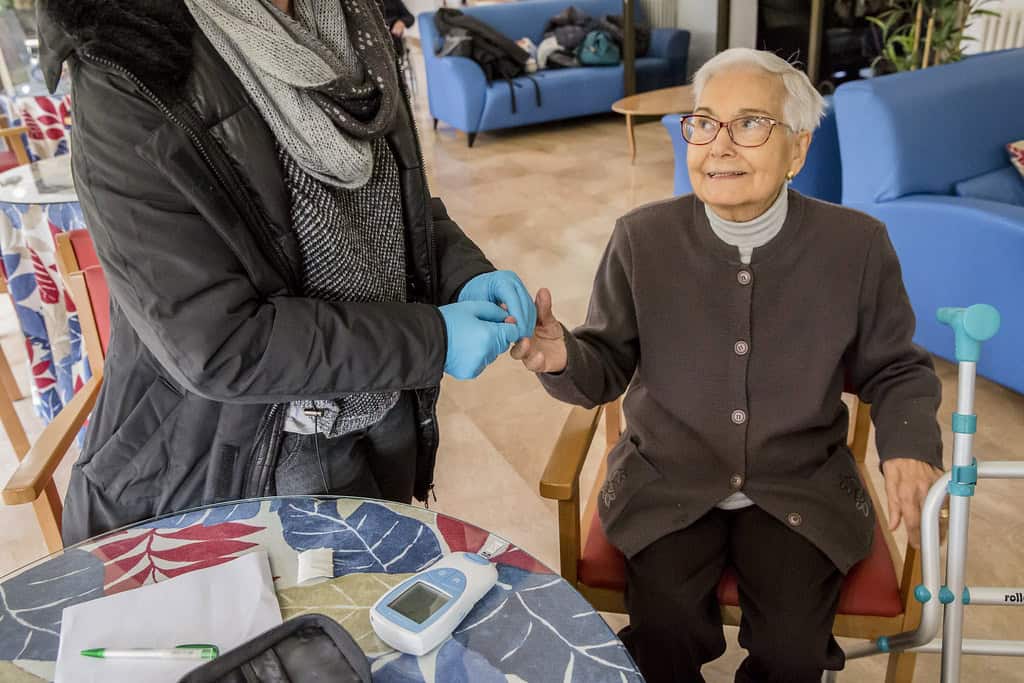Exact Answer: 3 months
DVT is the abbreviation used to connote Deep Vein Thrombosis. It is a medical condition that causes the coagulation of blood leading to the formation of blood clots- or thrombus- in the veins of the patient. Intense pain, swelling, and inflammation of veins are common symptoms of DVT. The pain results from the blockage of blood flow through the veins.
Usually, doctors prescribe anticoagulation therapy for such patients. Generally known as ‘blood thinners’ they help in negating the possibility of forming new blood clots in the veins. The medication route selected by the physician can vary. Sometimes it may be an oral medication, on other occasions, a more streamlined method of administering the drug may be through the intravenous route.

How Long Anticoagulation After DVT?
The duration of any anticoagulation therapy is carefully ideated by the medical practitioner in charge of the patient’s care. The doctor prescribing the anticoagulant drugs will evaluate a holistic list of factors before deciding on the most conducive treatment course and plan.
DVT may be caused by several factors. The most common risk factors for DVT include pregnancy, immobility due to surgery, old age, cancer, use of birth control pills, smoking, heart failure, etc. Detecting the correct cause of the DVT is important as it will help the doctor decide on the correct course of treatment for the condition as well as determine the time frame for using blood thinners.
The general baseline for any patient diagnosed with DVT is to remain on a combination of blood thinners for up to 3 months. This time period is more or less a given standard. Sometimes this period can also extend up to 12 months. On the other hand, when patients are yet to be diagnosed with the condition and are seeking treatment for a clot that has been detected, anticoagulants are administered for only 5 to 10 days.

Moreover, for those patients who have no recent history of the mentioned risk factors, but still develop deep vein thrombosis, physicians tend to take extra precautions. If testing reveals the causal factor for DVT, then blood thinners are managed accordingly. However, if it still remains a mystery, then the patient will most likely have to remain on anticoagulants for the rest of his or her life.
In Summary:
| Patient Type | Anticoagulant Use |
| Initial Clot Formation (Suspected DVT) | 5 to 10 days |
| Confirmed DVT | 3 to 12 months |
| DVT Patients With No Known Risk Factors | Indefinite Usage |
Why Is Anticoagulation Used So Long After DVT?
When treating DVT, the goal is to avoid the development of a PE or Pulmonary Embolism. To fulfill this objective, the use of anticoagulants is the most basic and primary approach. Anticoagulants are used for a prolonged period of time after DVT is detected because they help in preventing the development of new blood clots.
If the patient demonstrates a verified risk factor, then the anticoagulant treatment continues for 3 months. It may also be continued until the risk factor is eliminated or assuaged. The most common risk factors include surgery, trauma, or prolonged immobility. However, it must be noted that the risk factor should be a reversible one for this time frame to be applicable. Anticoagulants are continued for a long time to minimize the risks associated with the development of an unknown clot that then travels to the lungs.
Alternatively, for patients who have no visible risk factors in their medical history or testing profiles, doctors may keep them on blood thinners for an indefinite period. This is done to avoid any future complications and the development of undetected clots that lead to a PE in the patient. Similarly, if patients have two or more episodes of clot formation, they too must continue using the blood thinners for an indefinite period of time.

However, when selecting the use of anticoagulants for a prolonged period of time, it is also important to assess and discuss the issues associated with the drugs. The increased risk of bleeding out is one of the most formidable risks associated with the use of anticoagulants for an indefinite time frame. If possible, the patient must ask the doctor for other methods of managing the condition.
Conclusion
Physicians are most likely to prescribe their DVT patients a list of blood thinners to help manage the condition. The use of anticoagulants is the most frequently recommended mode of treating DVT. About 90% of patients diagnosed with the condition have been prescribed the use of anticoagulants.
However, there is a set time limit for the use of these drugs when one is diagnosed with DVT. The initial dosage of anticoagulant medication is set for a period of 5 to 10 days, while the long-term use of the drugs can extend from 3 to 12 months after a confirmed diagnosis. Moreover, for certain patients, the use of anticoagulants may also continue for an indefinite period of time.